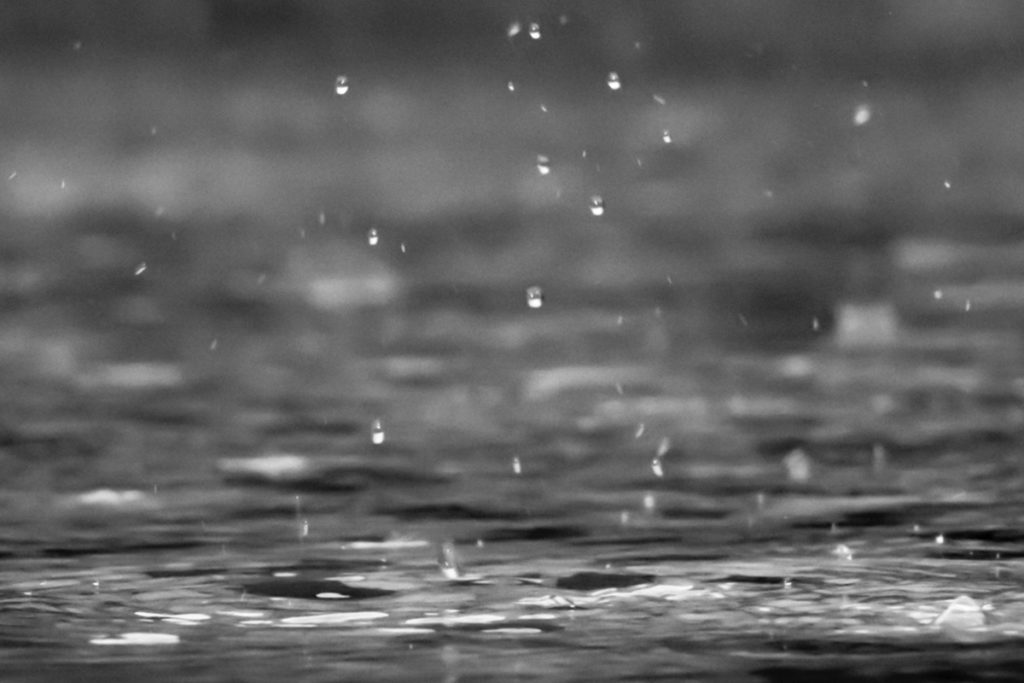Welp, Earth, we had a good run. According to researchers at the University of Stockholm, there is no place on the planet left where rainwater is safe to drink.
Thanks to man-made chemicals known as per- and poly-fluoroalkyl substances (PFAS), water falling from the sky is no longer drinkable anywhere. Antarctica was the last bastion of clean rainwater, but scientists have recently discovered that these “forever chemicals” have infiltrated there, too.
What is a Forever Chemical?
Forever chemicals, which do not occur in nature, come from several household items like cosmetics, non-stick cookware, stain repellents, and even electronics. The compounds are linked to fertility problems and have been shown to increase the risk of cancer and childhood developmental problems.
But despite the greater reach for these chemicals, the United States has actually seen a drastic decline in the amount of PFAS in drinking water since the research began.
“There has been an astounding decline in guideline values for PFAS in drinking water in the last 20 years,” reports Ian Cousins, lead author of the study and professor at the Department of Environmental Science, Stockholm University.
“Based on the latest US guidelines for PFOA in drinking water, rainwater everywhere would be judged unsafe to drink,” he continued. “Although in the industrial world we don’t often drink rainwater, many people around the world expect it to be safe to drink and it supplies many of our drinking water sources.”
 According to the U.S. Food and Drug Administration (FDA), “It’s clear that PFAS in the soil, water, or air can be absorbed by plants and animals, leading to contaminated foods. However, the FDA’s testing of a wide range of foods from the general food supply collected for the Total Diet Study (TDS) has found that overall very few samples have detectable PFAS and those that do, have low levels.”
According to the U.S. Food and Drug Administration (FDA), “It’s clear that PFAS in the soil, water, or air can be absorbed by plants and animals, leading to contaminated foods. However, the FDA’s testing of a wide range of foods from the general food supply collected for the Total Diet Study (TDS) has found that overall very few samples have detectable PFAS and those that do, have low levels.”
So this certainly seems like good news for the developed world, but many countries across the globe don’t have access to the same types of water filtration systems. And seafood, as you might expect, has higher levels than other types of food.
“In 2022, we conducted a targeted seafood survey and in the limited samples tested we found more types of PFAS and higher levels compared with the fresh and processed foods tested in the TDS samples,” the FDA’s website states. “We are working to better understand PFAS in seafood, as well as foods in general, to reduce dietary exposure to PFAS that may pose a health concern and will take actions as appropriate to ensure the continued safety of the U.S. food supply.”
Want to chat about all things post-apocalyptic? Join our Discord server here. You can also follow us by email here, on Facebook, or Twitter. Oh, and TikTok, too!


Leave a Reply